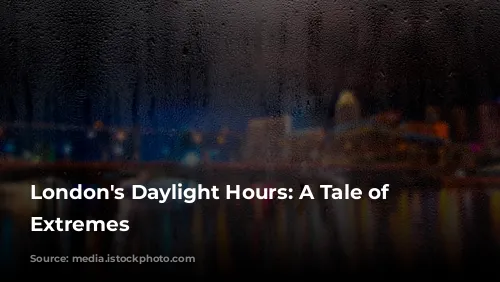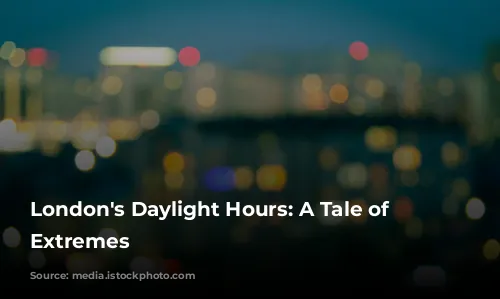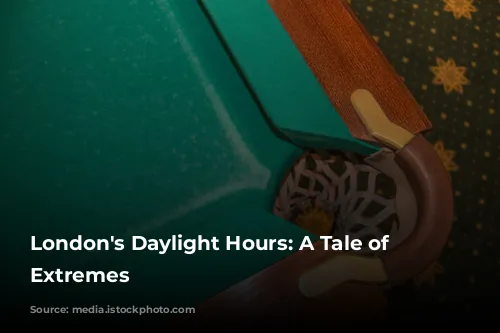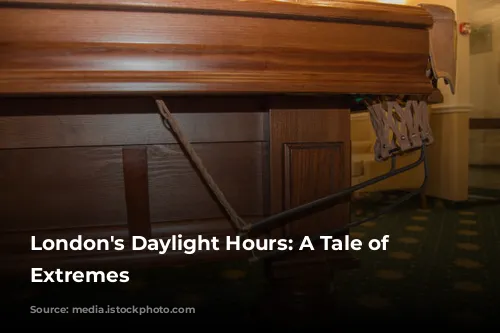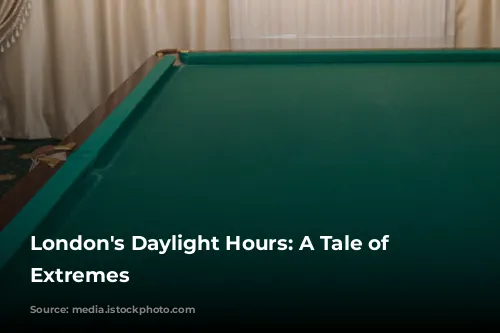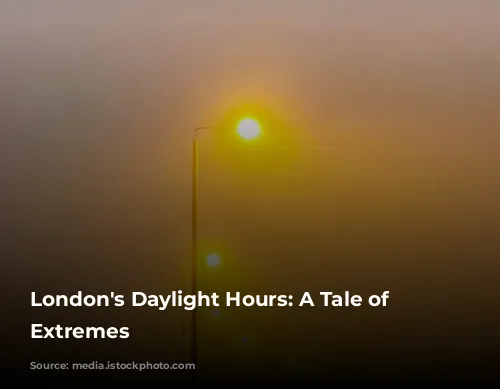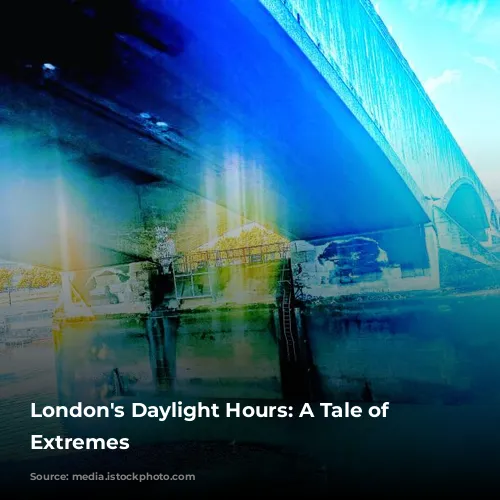Moving to London was a thrilling adventure, but one aspect that took some getting used to was the impact of London’s latitude on daylight hours. As the clocks shifted back in October, the days drastically shortened, ushering in the arrival of winter. By December, I found myself leaving for work and returning home in the dark, as the sun didn’t peek above the horizon until around 8 am and set before 4 pm. It was quite disheartening, especially coming from sunny California!
The long summer days were just as much of an adjustment. The sun began to rise around 4 am, with the birds chirping even earlier! It was hard to sleep with the sun streaming through the bedroom window at 5 am, and getting the children to bed while it was still light out was a challenge. In June, the sun didn’t set until around 9:20 pm. While lovely to have sunny days, we all need our eight hours of sleep! To combat the early morning sun, many Londoners rely on blackout curtains, which are a lifesaver and also provide some insulation during the winter months.
A Temperate Climate, But Expect Rain
Despite its northerly location, London and the British Isles have a surprisingly temperate climate. This is thanks to the warm Gulf Stream, which brings warm water from the Caribbean to Western Europe, making the region warmer than expected for its latitude. As a result, London seldom experiences extreme cold in the winter or scorching heat in the summer. The average daytime temperature in January is around 8°C (46°F), while the average high in July is 22°C (73°F). Of course, there are some summer days when the temperature climbs above 25°C (77°F) or even 30°C (86°F). Conversely, the winter temperature can dip to or below freezing, but most homes have some form of heating to keep you warm at night.
One thing you’ll need to prepare for is rain. While London’s annual rainfall isn’t exceptionally high (around 23 inches/58 centimeters), rain clouds seem to descend with great regularity, often in the form of a drizzle. The easiest solution is to keep a small, lightweight umbrella or waterproof jacket handy. Although London gets an occasional thunderstorm, most of the rain is quite light.

Snow in London: A Rare but Disruptive Event
Much to the dismay of London’s children, snow is a rare occurrence in the city. This is due to the city’s heat generated by buildings and cars, which prevents temperatures from dropping low enough for snow to settle. Generally, London is a few degrees warmer than the surrounding countryside. However, when snow does fall, the entire city can grind to a halt, causing chaos and disruption.
Both the Underground and train services can be severely affected by freezing weather and snow. Despite its name, the Underground is generally only underground in the city center. As the Tube lines venture away from the heart of the city, the trains run above ground, making them vulnerable to snow and ice.
The train services are also susceptible to disruption during freezing weather, with ice on the rails often causing cancellations and delays. However, road traffic is the most severely impacted by snowfall. Even a small amount of snow can cause major gridlock. The situation is further complicated by the fact that many Londoners are unfamiliar with driving in snow and ice, leading to misjudgments and accidents.

London’s Snow Day Nightmare: A Personal Account
Several years ago, I went to a mall in North London to pick up a gift in the late afternoon. As I arrived, snow began to fall, but it wasn’t accumulating much. I quickly did my shopping, hoping to escape before the rush hour, which I knew would be worse due to the snow. Unfortunately, I was too late. In just an hour, an inch or two of snow fell. Now, for those of you used to snow in winter, two inches is nothing, but in London, it can create a major traffic jam.
That evening, it took me over two hours to leave the mall’s parking lot! The snow had fallen too quickly, and the local borough hadn’t had time to grit the roads with sand and salt. The situation was made worse because the mall entrance and exit were on a slight hill. Driver after driver struggled to ascend the incline in the snowy conditions. This, coupled with drivers’ lack of experience in snowy conditions, led to accidents and gridlock as people desperately tried to leave the crowded mall. I later learned that some people were unable to leave the mall that night and had to spend the night there. So be warned, if it starts to snow in London, the city will come to a standstill until the snow melts.
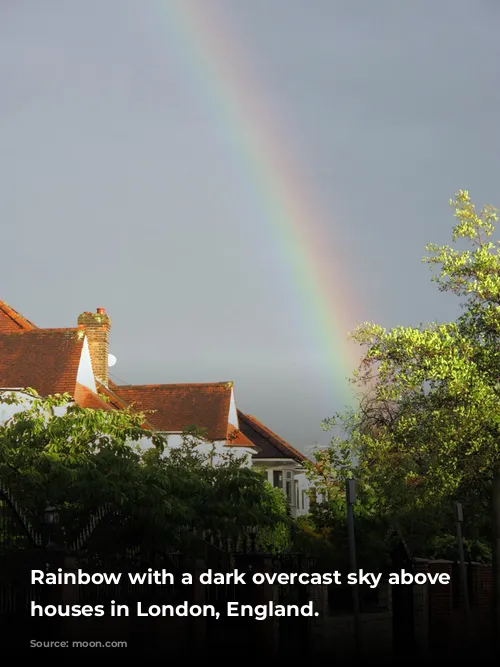
Is London’s Climate Changing?
It’s also worth noting that Britain’s usual weather patterns may be changing. After over a decade of extremely mild winters, the past few years have brought colder winter temperatures and wetter conditions to the UK. This increase in extreme weather events could be part of Northern Europe’s long-term weather cycles or a more concerning sign of climate change. If Britain is indeed experiencing climate change, London will need to become more organized in handling the effects of wet or snowy weather.
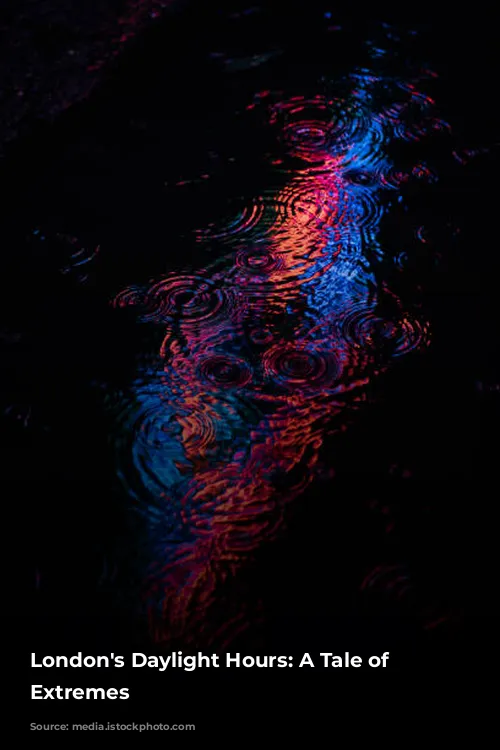
London’s Summers: A Time for Parks and Sunshine
On the other end of the spectrum, London seldom experiences sweltering summers. The best we can hope for is a few days in the low 80s (F), when the city becomes pleasantly warm, and everyone heads to the parks to enjoy the summer sunshine. However, London homes are not typically equipped for long, hot summers. You are unlikely to find (or need) a house with air conditioning. I can only remember one unbearably hot summer in my 20 years of living in London – the summer of 2003. Otherwise, we have occasional spells of hot weather that usually last a week or two. For the most part, London’s summers tend to be quite damp, as any Wimbledon tennis fan can attest.
